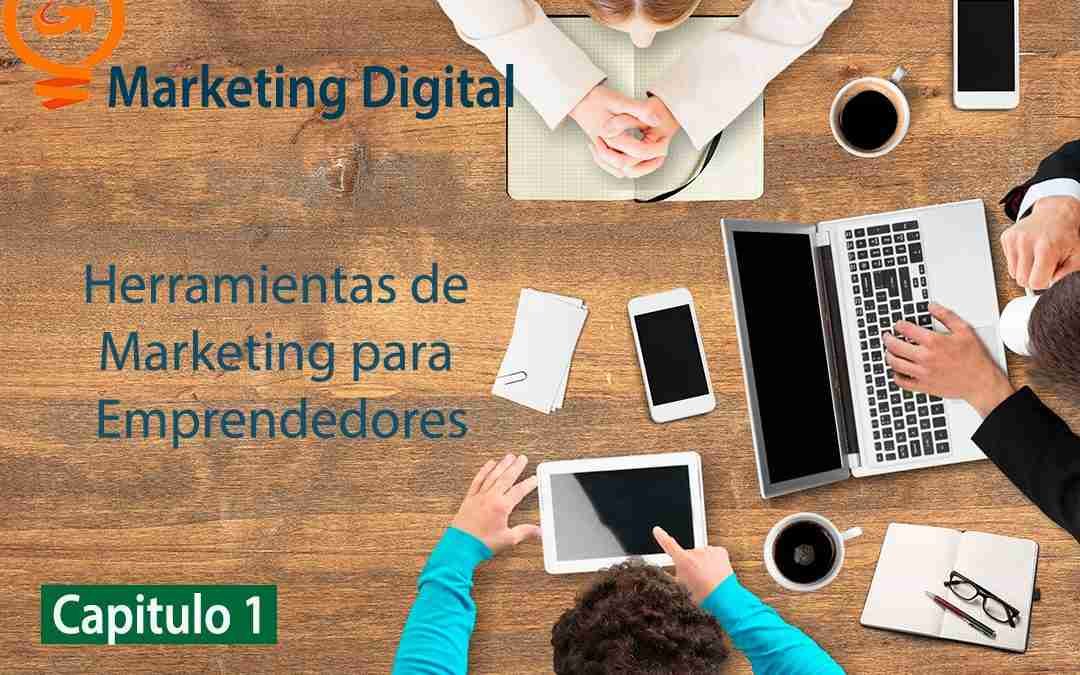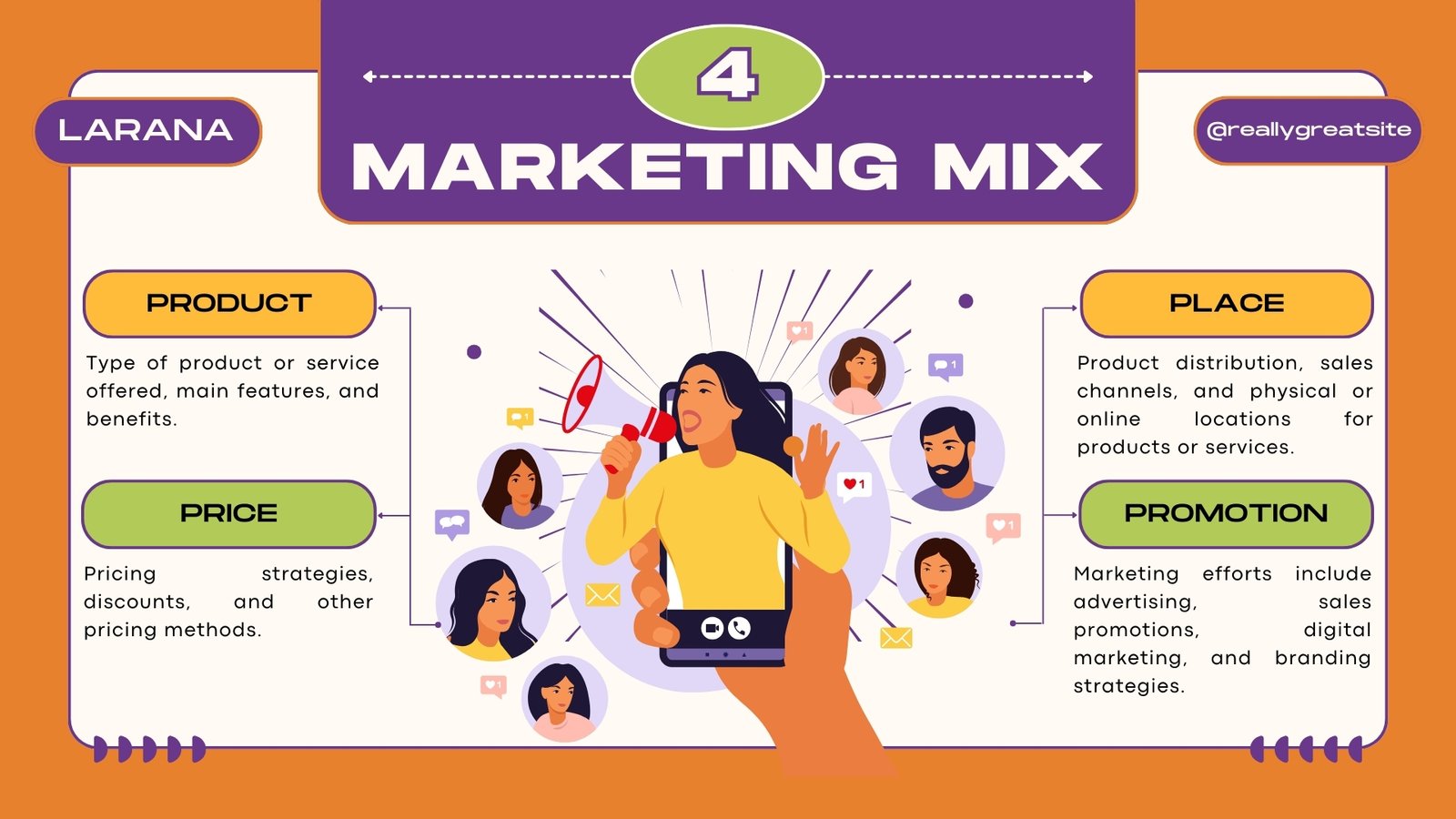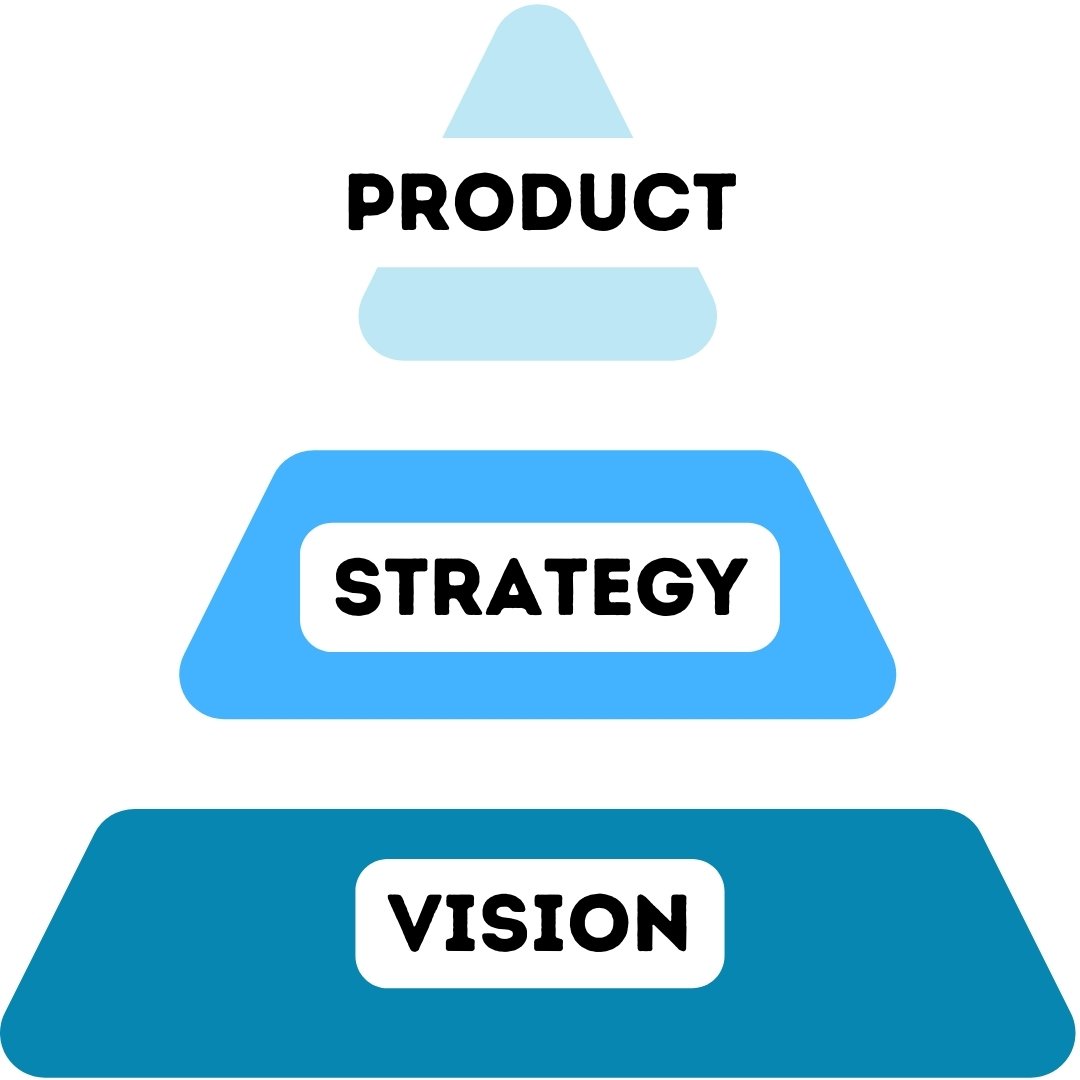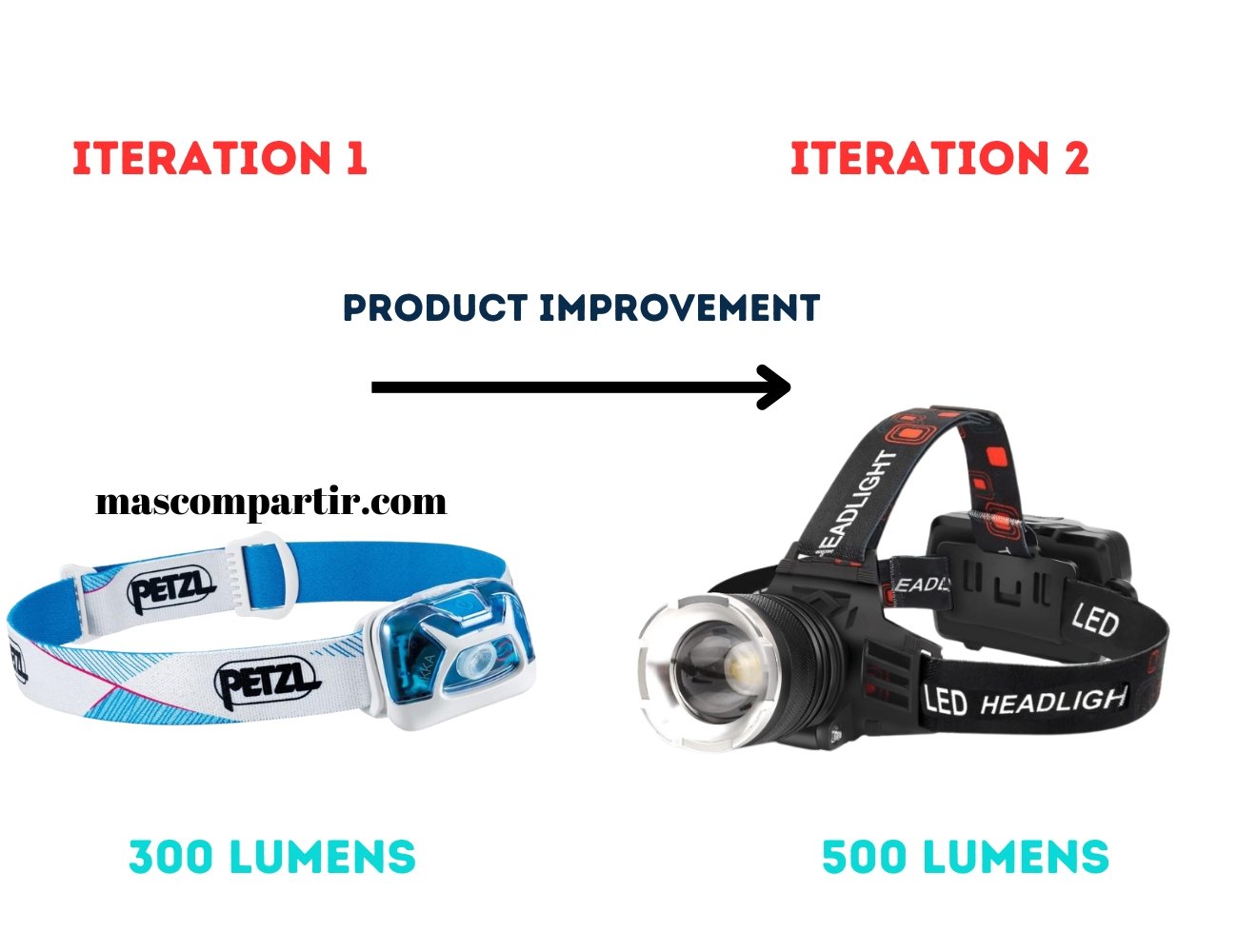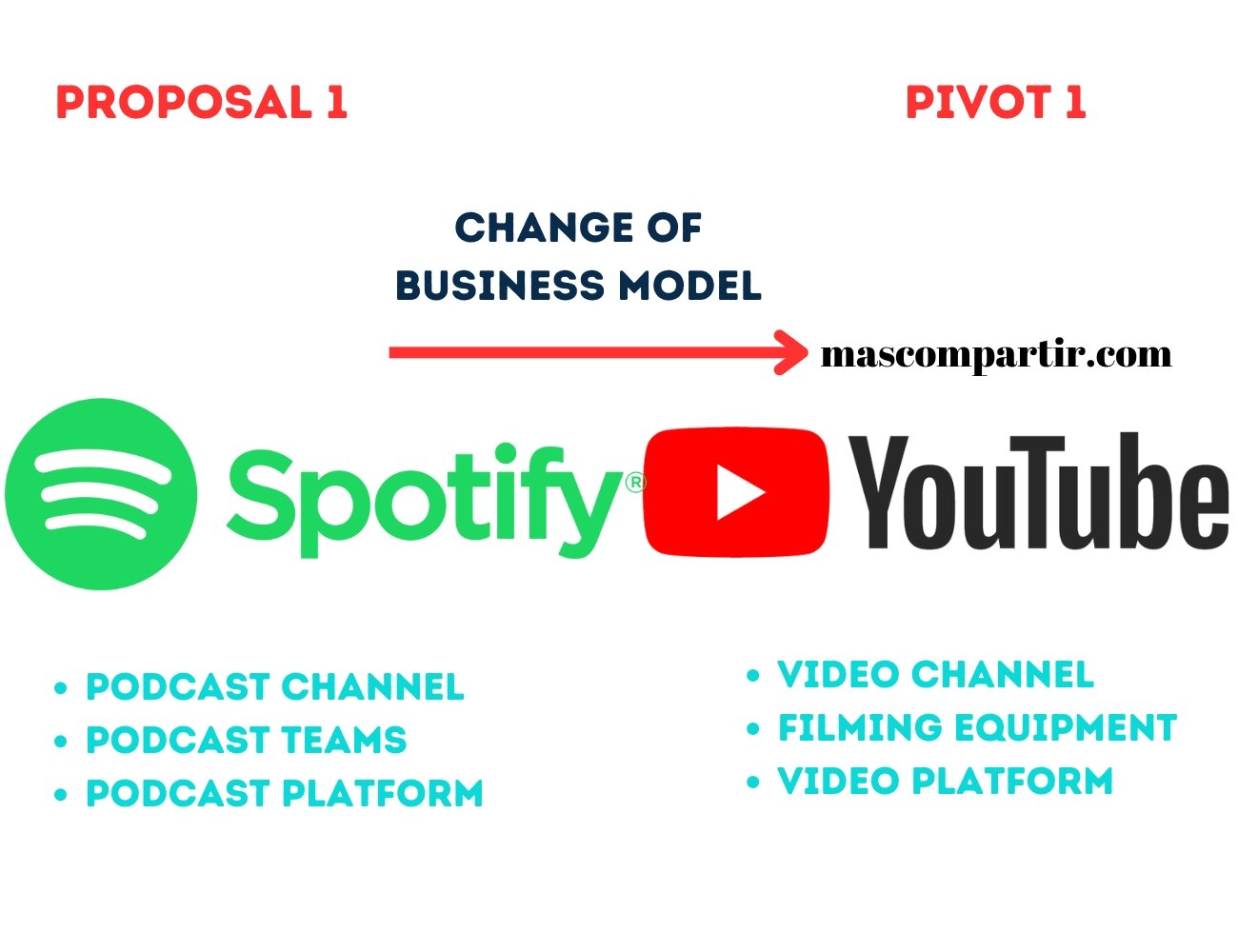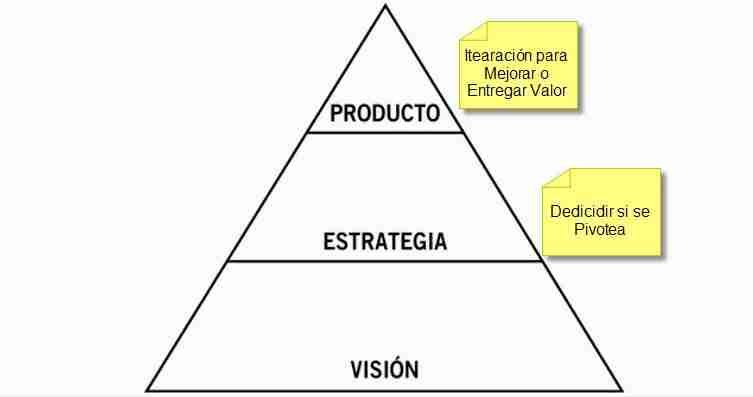Crear Medir y Aprender
@crea_mide_aprende Vamos por partes, aprendiendo de nuestro negocio, del entorno y madurando nuestra propuesta de valor. . #emprendimiento #emorendedores #pmv #libro #pmv ♬ sonido original - Otto Morales Gomez
La evolución constante es crucial para el éxito de cualquier emprendimiento. Al crear, medir y aprender, se facilita la adaptación a los cambios del entorno. Dividir el aprendizaje en segmentos permite identificar áreas específicas de mejora. Por ejemplo, si un proyecto completo cuesta $1200 dividido en 12 partes de $100 cada una, hacerlo todo de una vez podría ser costoso. Sin embargo, al abordar cada parte por separado, solo se gasta $100 inicialmente. Luego, se valida, mejora y se avanza gradualmente, asegurando que la propuesta de valor sea siempre relevante y atractiva para los clientes. Este enfoque crea un ciclo de mejora continua y fortalece la posición competitiva en el mercado.


